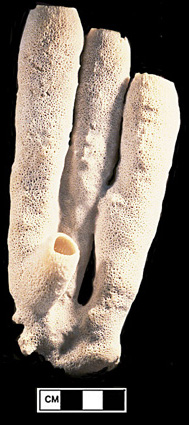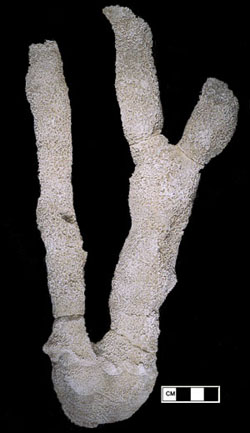About Paleontology
Paleontology is the study of ancient life. Most of this study involves the use of fossils.
PALEONTOLOGY (palaios- ancient, ontos- existing things, logos- study)
It is customary to divide paleontology into several sub-fields. The Non-vertebrate Paleontology Laboratory (NPL) at UT covers two major areas of paleontology, invertebrate paleontology and paleobotany. Invertebrates are animals without backbones. Thus fossils in this category are those from organisms lacking backbones, such as clams, sponges, and corals. Within either area some fossils may be so small that their study is commonly termed micropaleontology, and the fossils ‘microfossils’. Paleobotany focuses on plant fossils. Specimens, however, can range in size from huge tree trunks to microscopic pollen grains.
We find fossils because the original organism happened to be located in an environment suitable for preservation. This is quite an unusual event — most organisms live, die, and are totally degraded as part of the natural cycle of life.
Fossils are only rarely found unaltered. A 200 million year old clam has generally experienced some amount of alteration of the original physical and chemical structures. There are several characteristic ways in which the fossil is preserved. Here are a few of the preservation styles that you may encounter in the fossils that you find near Austin.
Paleontologists often refer to the ‘age’ of a fossil by a relative reference scale (rather like knowing which rung of a ladder you are standing on but not knowing exactly how many feet that ladder rung is above the floor). For example, the Cretaceous Period is one subdivision (‘rung’) in the scale. You will find that many of the fossils around Austin are of that age. For a view of the entire scale, see Selected Events in Texas Geologic History.



